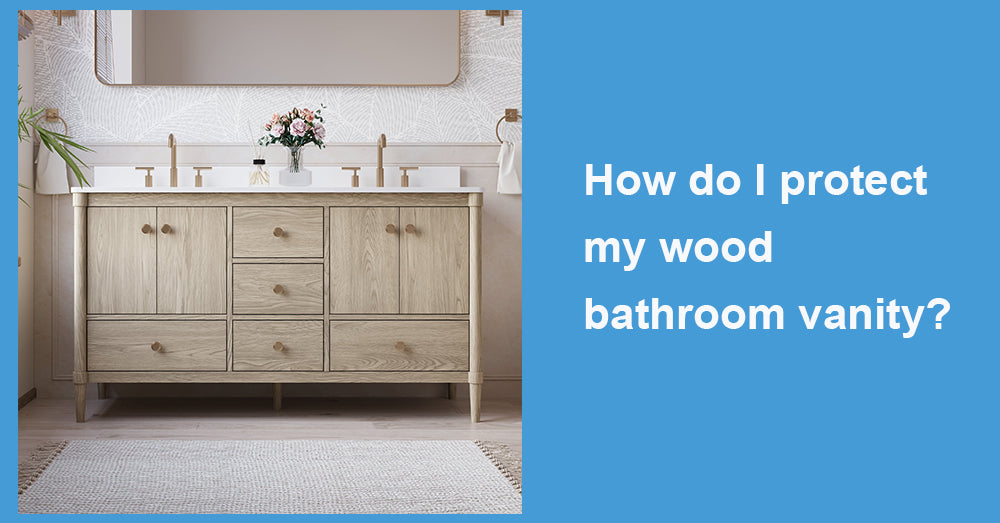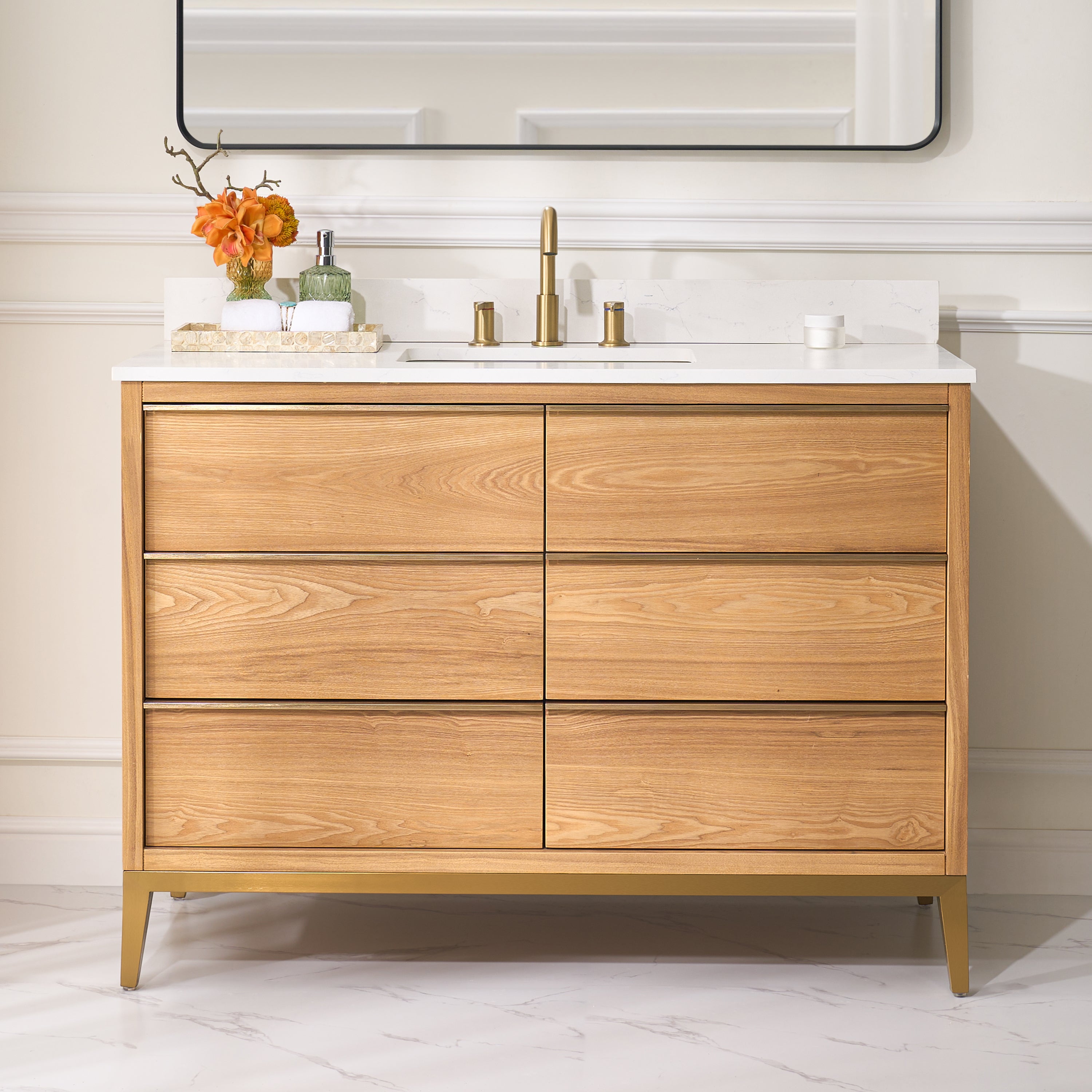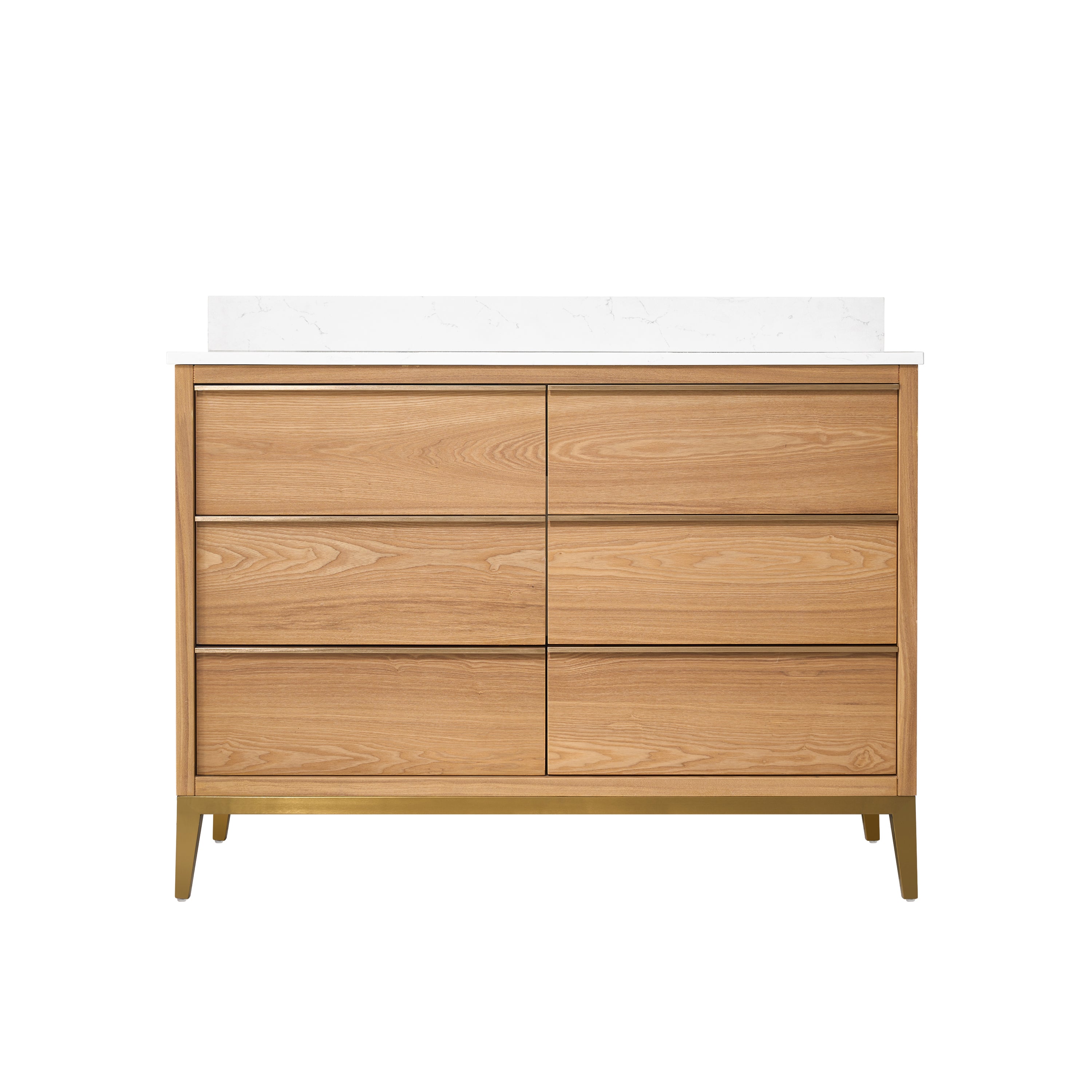Selecting the right size for a medicine cabinet with a mirror isn’t just a matter of aesthetics; it’s also about function, storage, and fitting your bathroom layout. A well-sized medicine cabinet can enhance your bathroom’s design, provide ample storage, and make daily routines more convenient. In this guide, we’ll walk you through all the factors you need to consider when choosing the best size for a medicine cabinet.
Whether you’re redesigning your bathroom or simply looking for a new cabinet, this guide is tailored to help U.S. homeowners make an informed decision.
Why Does Medicine Cabinet Size Matter?
A medicine cabinet that’s too small won’t meet your storage needs, while one that’s too large may overwhelm your bathroom space. Additionally, a well-chosen medicine cabinet with a mirror can double as a functional centerpiece, enhancing both your storage options and the visual appeal of the room. Let’s dive into the various elements that determine the ideal cabinet size.
1. Consider Your Bathroom Size and Layout
Maximizing Space Without Compromising Style
Your bathroom’s size and layout will be one of the primary factors in deciding the cabinet’s dimensions. A large cabinet in a small bathroom could make the space feel cramped, while a small cabinet in a spacious bathroom might look disproportionate. Here are some tips:
- Small Bathrooms:For bathrooms that are tight on space, such as powder rooms, look for compact medicine cabinets, generally 16-20 inches in width.
- Medium to Large Bathrooms:For bathrooms with more space, you can consider cabinets that range from 24-36 inches in width, or even opt for dual cabinets on each side of a double vanity.
2. Common Medicine Cabinet Sizes
Standard Dimensions to Keep in Mind
Medicine cabinets with mirrors come in a variety of standard sizes to fit different needs and bathroom layouts. Understanding these measurements can simplify your selection process. Here are the most common medicine cabinet sizes:
- Small Cabinets:Typically range from 16 to 20 inches wide and around 24 inches in height. Ideal for small bathrooms or minimalist designs.
- Medium Cabinets:Commonly found in sizes like 24x30 inches, these offer a balance between storage and size, working well in average-sized bathrooms.
- Large Cabinets:Ranging from 30 to 36 inches in width and up to 40 inches in height, these are great for expansive bathrooms, especially if you have ample wall space.
When choosing a cabinet, check its depth as well, which usually falls between 4 and 5 inches. This depth allows for enough storage without protruding too far into the bathroom space.
3. Assessing Your Storage Needs
How Much Room Do You Really Need?
The purpose of a medicine cabinet is to store daily essentials like toiletries, medications, skincare items, and more. Think about what you’ll be storing and choose a cabinet size that accommodates those items. Here’s a quick checklist:
- For Minimalists:If you only need space for a few essentials, a smaller cabinet will suffice.
- For Families or Shared Bathrooms:A larger cabinet, possibly with multiple shelves or compartments, will offer better organization and more room for shared items.
If you have multiple users or a lot of items, consider a dual medicine cabinet setup over a double vanity. This setup provides ample space and allows each person to have a designated area.
4. Wall-Mounted vs. Recessed Medicine Cabinets
Choosing the Installation Type for Optimal Space
There are two main installation types for medicine cabinets with mirrors: wall-mounted and recessed. Each has its advantages and space considerations.
- Wall-Mounted Medicine Cabinets:These are mounted on the wall and are easier to install. However, they tend to stick out more from the wall, which could affect the bathroom's visual balance if the cabinet is large.
- Recessed Medicine Cabinets:These sit flush with the wall and offer a more streamlined look. They can be an ideal choice for smaller bathrooms as they don’t protrude into the room. However, they require a bit more work to install, as they must be set into the wall cavity.
For U.S. homeowners, a recessed cabinet might be a more practical choice if you want a spacious cabinet without sacrificing too much wall space.
5. The Perfect Mirror Size and Style

Selecting a Mirror Size that Complements the Cabinet
The mirror on your medicine cabinet plays a crucial role in your bathroom’s style and functionality. Here’s how to find the perfect balance:
- Single Sink Vanities:The width of the cabinet mirror should ideally be slightly narrower than the vanity, typically by about 2-4 inches on each side.
- Double Sink Vanities:You can either choose a single, larger medicine cabinet that covers both sinks or opt for two separate cabinets. Each cabinet should align with the width of each sink for a balanced look.
Types of Mirrors for Medicine Cabinets:
- Frameless Mirrors:Sleek and minimalist, perfect for modern bathrooms.
- Framed Mirrors:Add a touch of elegance and can be coordinated with other bathroom elements.
The size and style of the mirror should align with the bathroom’s aesthetic to create a cohesive look.
6. Additional Features to Consider
Beyond Size: Added Conveniences for Your Medicine Cabinet
Today’s medicine cabinets offer much more than just basic storage. Consider these additional features for added convenience:
- Adjustable Shelves:Allows you to customize the space for items of varying heights.
- Built-In Lighting:Some medicine cabinets come with LED lighting, which can improve visibility and add ambiance.
- Defogging Technology:Perfect for those who enjoy long, steamy showers, as it keeps the mirror clear.
- Outlet Integration:Handy for charging electric toothbrushes, shavers, or other personal care devices right inside the cabinet.
7. Choosing a Cabinet That Complements Your Bathroom Decor
Making the Cabinet Part of the Bathroom’s Design
A medicine cabinet with a mirror doesn’t just serve a practical purpose—it also enhances your bathroom's aesthetic. Choose finishes and styles that match your other fixtures:
- Traditional Bathrooms:Go for wood or brushed nickel finishes.
- Modern Bathrooms:Sleek frameless or minimalistic metal-framed cabinets fit best.
When it comes to color, most U.S. homeowners stick to neutral tones like white, black, or stainless steel, as these blend well with various bathroom themes.
Takeaway
Selecting the best size for a medicine cabinet with a mirror involves balancing functionality with design. Start by considering your bathroom’s size, layout, and specific storage needs, then dive into style and additional features to find the cabinet that perfectly suits your space. Remember, a well-chosen cabinet doesn’t just store your items; it enhances your bathroom's appeal and usability.
With the right cabinet, you can transform your bathroom into a more organized, functional, and visually appealing space. So, whether you're aiming for a minimalistic or spacious setup, these insights will guide you to make the best choice for your home.
FAQs
- How high should I install my medicine cabinet?
For most adults, the center of the mirror should be around 60-65 inches above the floor. Adjustments can be made based on user height and cabinet size.
- Can I install a recessed medicine cabinet in any wall?
Not all walls are suited for recessed cabinets, especially if they contain plumbing or electrical components. Always check wall structure before installation.
- Should my medicine cabinet match my vanity?
While it doesn’t need to match perfectly, coordinating finishes and styles can increase your bathroom’s aesthetic.
















Leave a comment
This site is protected by hCaptcha and the hCaptcha Privacy Policy and Terms of Service apply.